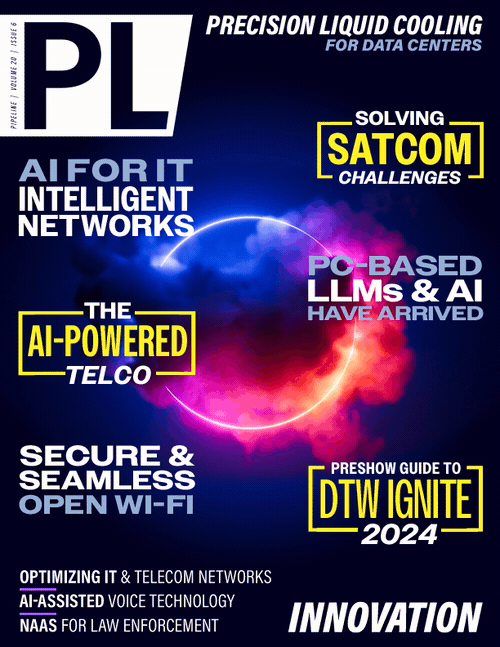Innovation is Key to Solving
Satcom's Challenges
Challenges that Come with Innovation
Of course, all of these developments and changes in LEO and MEO mean that the antenna technology itself is also innovating, in the form of phased array antenna and beamforming antennas. This is indeed great, and we clearly need this technology, but I think it’s fair to say that it isn’t quite there yet. The challenge comes with pairing that innovation with making sure that it is reliable enough and good enough to do the job required. Existing standards cover the use of reflector-based antennas primarily for MEO and GEO, and there is currently a lack of standards and regulation around these next-generation antennas.
As seen at both the Satcoms Innovation Group (SIG) roundtable discussion at SATELLITE 2024 organized in partnership with GSOA, as well as the recent follow-on webinar, there is industry wide agreement that we need to define the quality and operating standards that these antennas need to adhere to. And this will only be achievable through a collaborative, coordinated approach that takes into consideration the separate needs of LEO, MEO, and GEO operators, as well as antenna manufacturers and also testing capabilities and requirements.
Also important to mention is 5G, which again is a bit of a double-edged sword, because while it has the potential to be a key enabler for the satcom industry, there is also the possibility of interference occurring that needs to be considered. As the satcom landscape has become more complex, it’s becoming increasingly important that operators are able to track interferences that occur in the network. Detecting interference is a big problem for a lot of satellite operators, especially as it can come from a number of different sources. While it is possible to come from another satellite in-orbit, it mostly originates from ground equipment. As the ground network increases and becomes more complex, this is making it all-the-more difficult to locate the source of the problem.
This is a real challenge for the industry because when there are a lot of the terminals on the ground, with some networks possibly switching away from using satellites and using terrestrial communication networks such as 5G, there may be a huge network of terminals that are still active, but not actually connected. This is a problem if a failure occurs on one of these stations, for instance, at a gas station in the middle of the desert, it can suddenly transmit a lot of noise in the spectrum that causes interference. Not only does this interference create a significant drop in performance, but locating the cause is a big challenge.
Similarly, virtualization of the ground segment and transition to the cloud is another important step on the road to creating connectivity networks able to meet the world’s current and future communication needs. There is however a lot of uncertainty among satellite operators about how to make this change. Having said that, some important steps are already being taken in the right direction by the DIFI Consortium, which is working to enable transformation to a virtualized ground sector by establishing an interoperable Digital IF/RF standard that replaces the natural interoperability of analog IF signals. This will hopefully remove a lot of the unknowns that operators are facing when it comes to virtualizing the ground segment.
Embracing the Future
By laying the foundations that enable innovation to flourish across the spectrum, from network architecture to interference mitigation and beyond, satellite operators can not only overcome current challenges but also unlock new possibilities for seamless, reliable, and future-proof communication services. As the industry continues to evolve, innovation remains the key to unlocking its full potential and meeting the ever-growing demands of a connected world.
Looking ahead, we can expect to see deeper integration between satellite and terrestrial networks, driven by advancements in technology and evolving customer requirements. Whether it's delivering low-latency services via satellite-backed 5G networks, supporting emerging applications such as autonomous vehicles and smart cities, or expanding connectivity to underserved regions, the partnership between satcom and telco providers holds immense promise for driving positive change and transforming the way we connect and communicate.



















